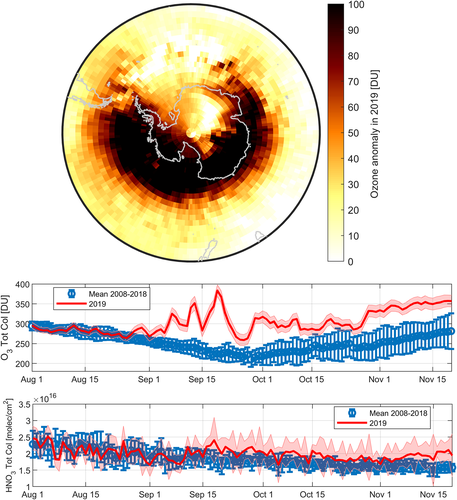Contribution of ammonia to the formation of fine particulate matter over Paris
The Paris megacity faces frequent fine particulate matter (PM2.5) pollution episodes in spring. At this period of the year, large numbers of the particles consist of ammonium sulfate and nitrate which are formed from ammonia (NH3) released during fertilizer spreading practices and transported from the surrounding areas to Paris. However, there is still limited knowledge of the emission sources around Paris, their magnitude and their seasonality. Using 10 years of space-borne NH3 observations provided by the Infrared Atmospheric Sounding Interferometer (IASI), Viatte et al. (2020) recently showed a high seasonal NH3 variability revealing the presence of major hotspots. The study also highlighted the importance of long-range transport in the NH3 budget over Paris and the important role of the meteorological conditions in the formation of PM2.5 in presence of NH3 in the Parisian region.






